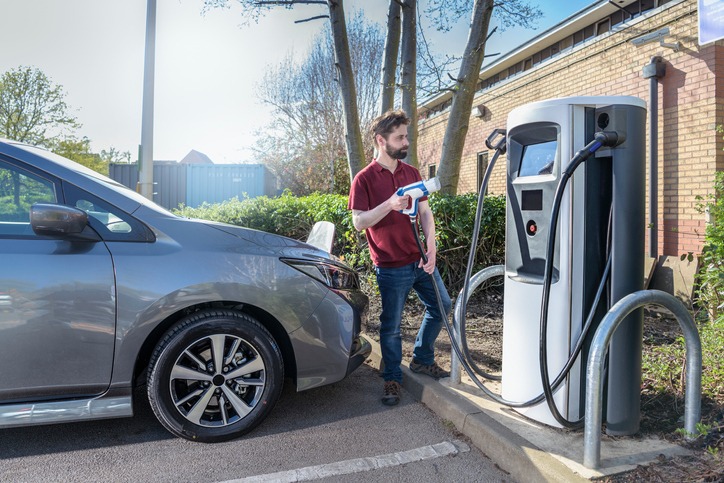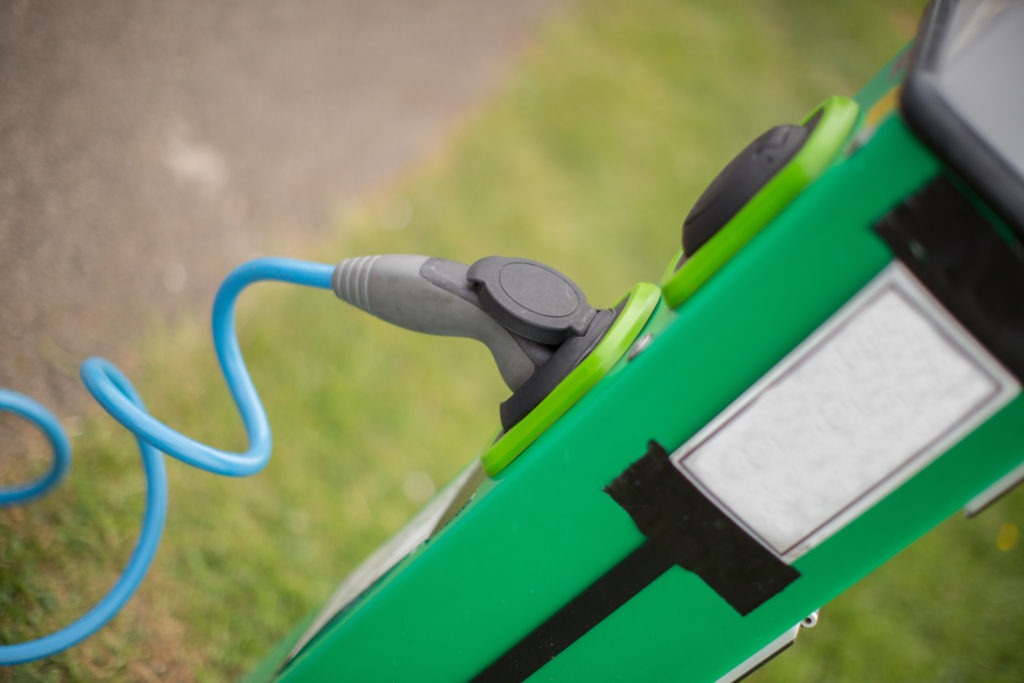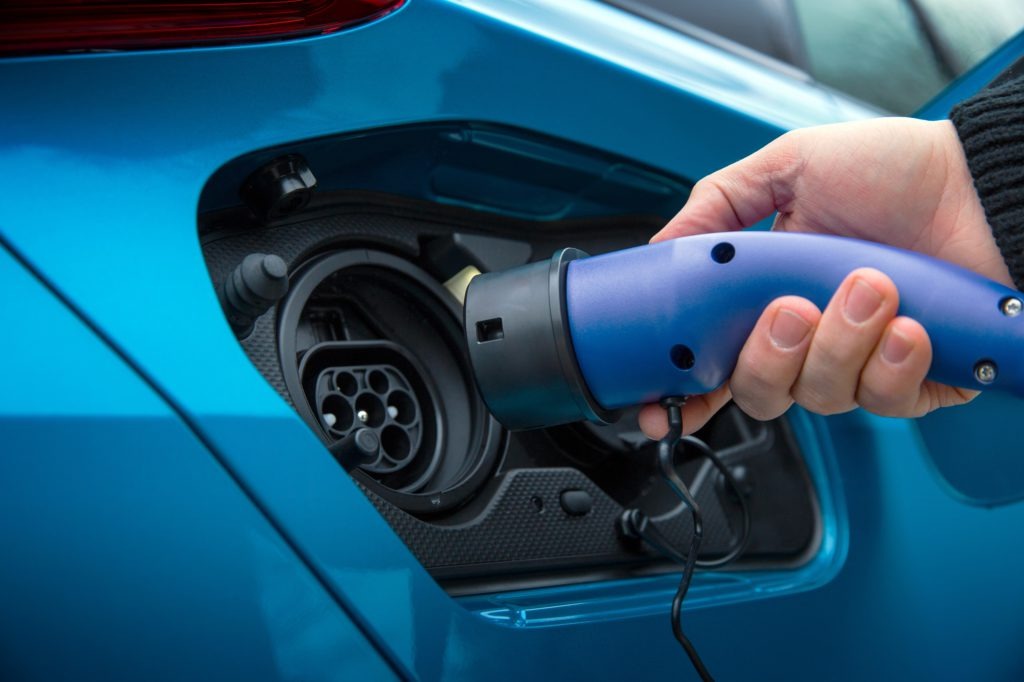Fit for 55: Fair and open infrastructure needed for zero-carbon vehicles in the EU
15 July 2021

As part of its ‘Fit for 55’ proposals, the European Commission has laid out plans for charging and fuelling infrastructure for zero-carbon vehicles to help improve access to networks.
The Commission is looking to reduce carbon emissions from new passenger cars by 100% in 2035, effectively bringing an end to the reign of the internal-combustion engine (ICE). However, to do this, infrastructure needs to be in place to make the technology more accessible to the public.
This access is one of the sticking points for some drivers when considering the purchase of a battery-electric vehicle (BEV). Those without off-street parking or who do not have a dedicated-parking area will rely instead on public-charging points.
The revised Alternative Fuels Infrastructure Regulation will require member states to expand charging capacity in line with zero-emission car sales and to install charging and fuelling points at regular intervals on major roads. Proposals suggest infrastructure is located every 60km for electric charging and every 150km for hydrogen fuelling.
The move to increase infrastructure will benefit the entire electrically-chargeable vehicle (EV) market. Both new and used-car sales could rise as fair access and pricing become available, as outlined in the new legislation.
‘EVs are currently not popular on the used-car market, although this may change in the coming months,’ stated Yoann Taitz, Autovista Group regional head of valuations and insights, France & Benelux. ‘The first thing to do is reinforce the attractiveness of EVs on the used-car market. As planned in the EU legislation, increasing the number of charging points and mending the out-of-order existing charging stations is the first thing to do. This has to be done quickly to have a positive impact.’
‘The right framework conditions are needed for this transition to zero-carbon vehicles, above all the expansion of the charging infrastructure and the power grids as well as corresponding clean-power generation,’ added Andreas Geilenbruegge, head of valuations and insights at Schwacke. ‘After all, by then at least as many vehicles with external-power requirements will be registered that need to be charged.’
Growing numbers
According to the Commission’s legislative documents, at European Union (EU) level, data from the European Alternative Fuels Observatory (EAFO) show a six-fold increase in the electric-charging infrastructure between 25,268 in 2014 to 165,106 in 2019.
But the number of EVs, including BEVs and plug-in hybrids (PHEVs), increased at an even higher rate – 9.4 times. The EAFO data also point to a significant increase in the number of fast chargers (>22kW) per 100km of highway (from two per 100 km in 2014 to 20 in 2019). Fast chargers represented around 10% of the total public chargers in 2019, up from 5% in 2014. This needs to increase to ensure all drivers have access to EV-charging infrastructure in the years ahead.
‘The increased deployment and use of renewable and low-carbon fuels must go hand in hand with the creation of a comprehensive network of recharging and refuelling infrastructure based on a geographically fair manner to enable the widespread uptake of low and zero-emission vehicles,’ the policy states. ‘In the passenger-car markets particularly, the broad mass of consumers will only switch to zero-emission vehicles once they are sure they can recharge or refuel their vehicles anywhere in the EU and as easily as is currently the case for conventionally-fuelled vehicles.
‘It is important that no EU region or territory is left behind and that regional disparities in the deployment of the infrastructure for alternative fuels are well-addressed in the formulation and implementation of national policy frameworks.’
Hydrogen infrastructure
While hydrogen fuel-cell vehicles (FCEVs) are in their infancy, there are signs of market formation. Renault has launched Hyvia to sell hydrogen vans and refuelling stations across Europe by the end of this year, while Toyota and Hyundai also have passenger cars on the market. In addition, BMW and Jaguar Land Rover have stated they will be testing the technology with a view to launching FCEVs on the market.
The Commission recognises that a build-up of hydrogen infrastructure is essential to make large-scale vehicle deployment possible, as envisaged in its hydrogen strategy. It also understands that early adoption of the technology is likely to be in the logistics sector, with heavy-duty trucks using the fuel. Currently, however, hydrogen-refuelling points are only deployed in a few member states. They are largely not suitable for trucks, not allowing for circulation of hydrogen vehicles across the EU.
The legislation states that hydrogen-fuel stations should be located in ‘urban hubs’ to allow for the logistics sector to make use of them while also granting access to other modes of transport, such as rail and shipping. They should also be available for light-duty vehicles to fuel publicly.
Fair and transparent
The new policy also considers the need for a transparent pricing system across the EU, so drivers of EVs can charge at the same rates in any country.
‘Price transparency is crucial to ensure seamless and easy recharging and refuelling,’ the document states. ‘Users of alternative-fuel vehicles should be given accurate price information before the start of the recharging or refuelling service. The price should be communicated in a clearly structured manner to allow end-users to identify the different cost components.’
There is also a requirement for an ability to pay easily and conveniently at all publicly-accessible recharging and refuelling points. The Commission states that there should be no requirement to enter into a contract with the operator of the point, or a mobility-service provider, as is currently the case.
This could lead to more charging points featuring contactless-payment terminals. Currently, many drivers have to subscribe to a service and pay through a mobile app or online before they can access the charging infrastructure. This means having multiple subscriptions available or a limited range of locations.



